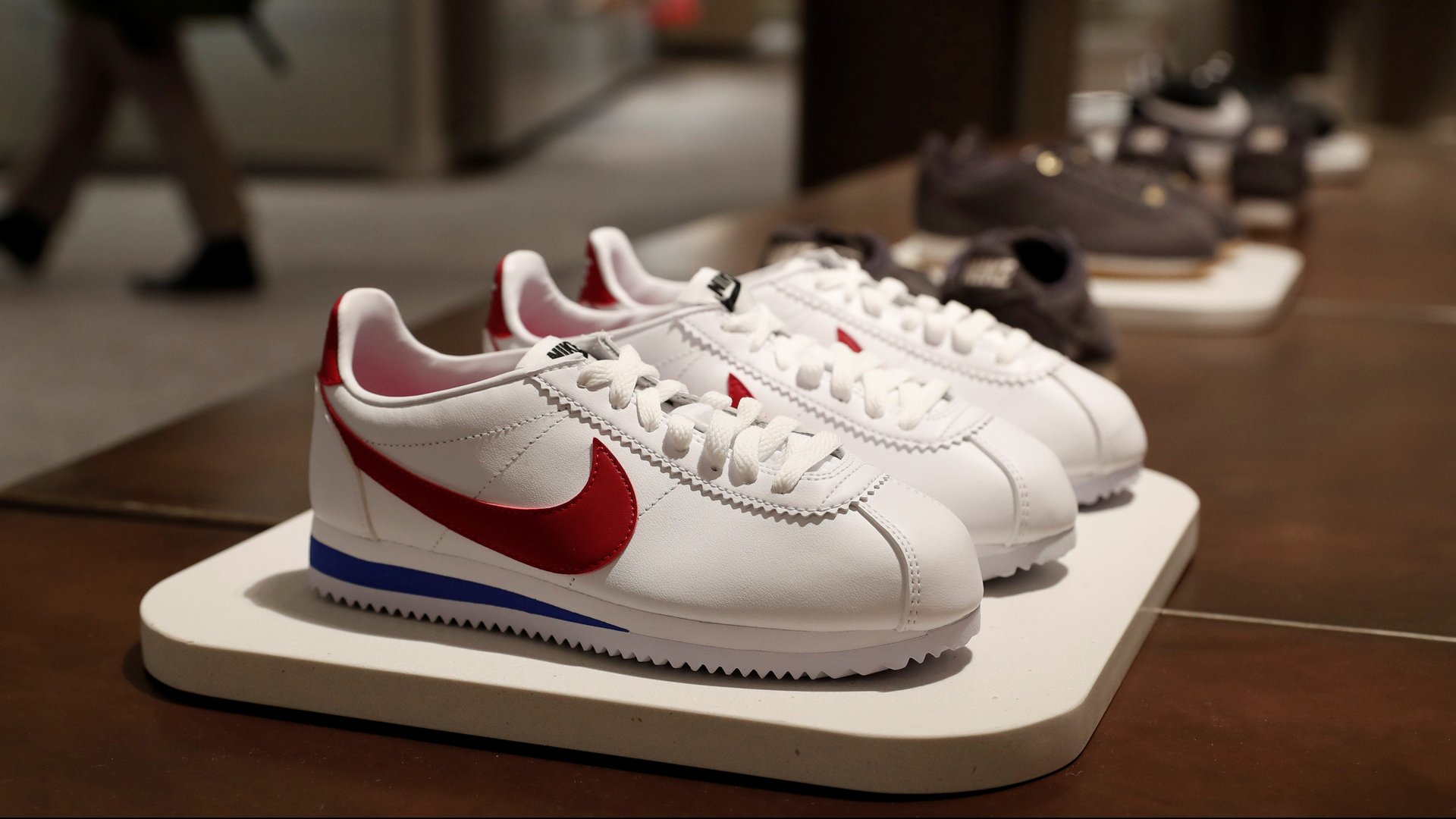It’s getting harder to find Nikes—and that’s just how Nike wants it
A few weeks ago, Nike stirred up some anger in the Bronx borough of New York City. In a brief letter, it told Frank’s Sport Shop, a local retailer that has served its community for nearly a century and carried Nike products for decades, that Nike shoes and apparel would no longer be sold there. “We knew them when they had nothing,” owner Moe Stein told the New York Daily News. “How do you like that?”


A few weeks ago, Nike stirred up some anger in the Bronx borough of New York City. In a brief letter, it told Frank’s Sport Shop, a local retailer that has served its community for nearly a century and carried Nike products for decades, that Nike shoes and apparel would no longer be sold there. “We knew them when they had nothing,” owner Moe Stein told the New York Daily News. “How do you like that?”
Several other retailers may be feeling similarly these days. Large clothing and footwear companies of all kinds are reexamining their retail networks and in many cases shrinking them. It’s a play to better manage their brand images and sell through channels they own, including stores and e-commerce. These direct-to-consumer sales, which typically yield better margins, allow retailers full control over how their products are presented, and give them a direct relationship with customers and their data.
Nike’s exit from Frank’s Sport Shop was a result of its 2017 decision to pare back its wholesale distribution, focus on the partners it felt best presented Nike’s products in the marketplace, and invest in its sales straight to shoppers. That work is ongoing. In August, brokerage service Susquehanna International Group counted nine wholesale accounts Nike was pulling out of, including small sports chains, department stores Belk and Dillard’s, and online retailer Zappos. Together they operate several hundred US stores.
Under Armour just announced a similar course. On Oct. 30, it said it would cut 2,000 to 3,000 stores from its retail distribution in North America—its biggest market—over the next couple years, leaving about 10,000 stores across the region selling its products. The company hasn’t specified which stores it will pull out of, other than to say they will include large customers and some of the long tail of smaller customers.
The strategy is popular with big luxury companies too. Kering, the company that owns brands such as Gucci and Saint Laurent, said during an Oct. 22 earnings call it continues to “proactively reduce” the wholesale footprints of its brands. Earlier in the year, Italian publication Fashionmagazine.it estimated Gucci slashed its retail partners in the country from 110 to just 38.
Not all companies are strictly cutting partners. Levi’s has recently begun selling its products in Target and Dick’s Sporting Goods, while at the same time shedding department stores. In-store sales at department stores are now less than 10% of Levi’s total business, CFO Harmit Singh told investors and analysts on a call earlier this month, adding, “that’s more indicative of what we expect going forward.”
Whether it’s Levi’s, Nike, Under Armour, or Gucci, the aims are generally the same. They want to elevate the images of their brands and maintain a tighter grip on them by selling in fewer, better stores. If they don’t, they risk losing the cachet that helps make a brand desirable and motivates shoppers to buy its products, especially at full price. “Ultimately, for us, it’s important that our brand shows up the right way,” Under Armour CEO Patrik Frisk said on their Oct. 30 call. Levi’s calls it “premiumizing the marketplace,” Kering has labeled it a way to “enhance brand exclusivity,” and Nike touts it as eliminating “undifferentiated” retailers.
Some retailers are likely to suffer, such as department stores and small local shops lacking a strong identity. Others could benefit, including large chains that are established leaders in their categories, such as Foot Locker and Dick’s Sporting Goods. The big winners, though, are the brands themselves.